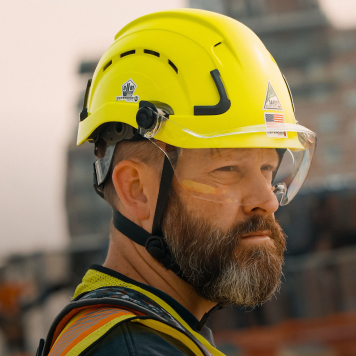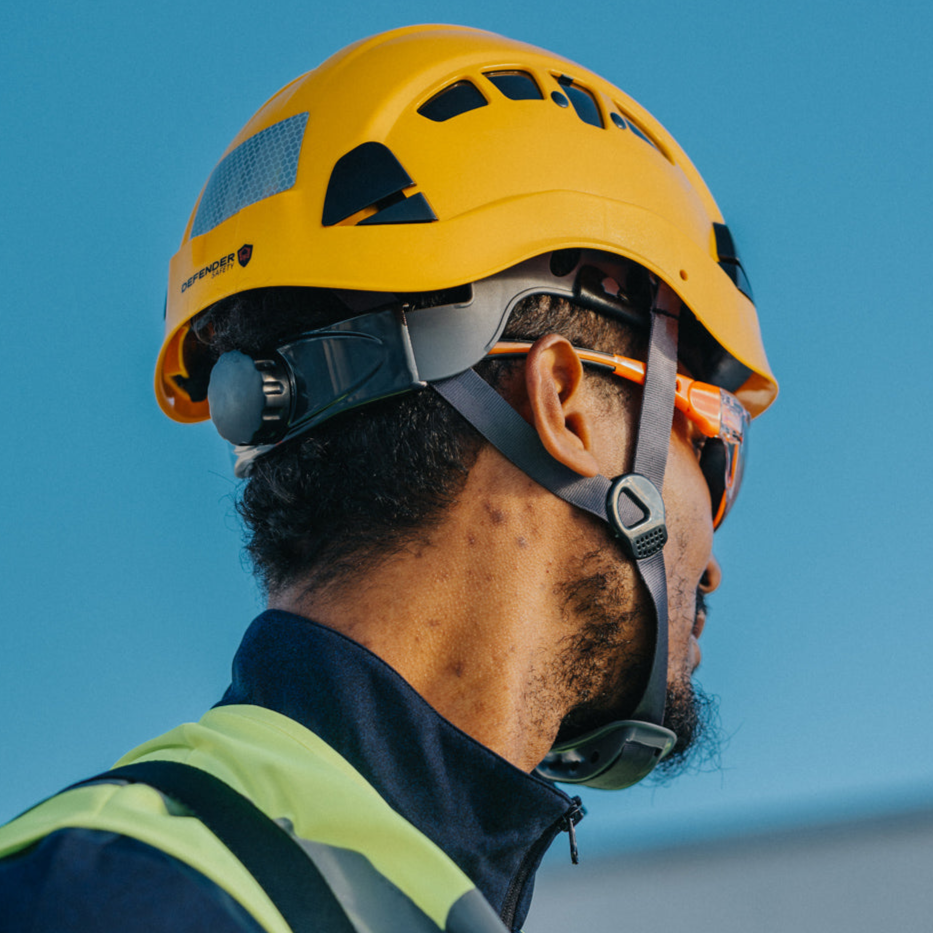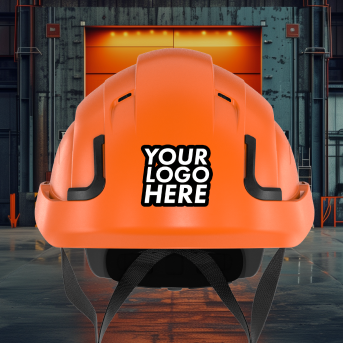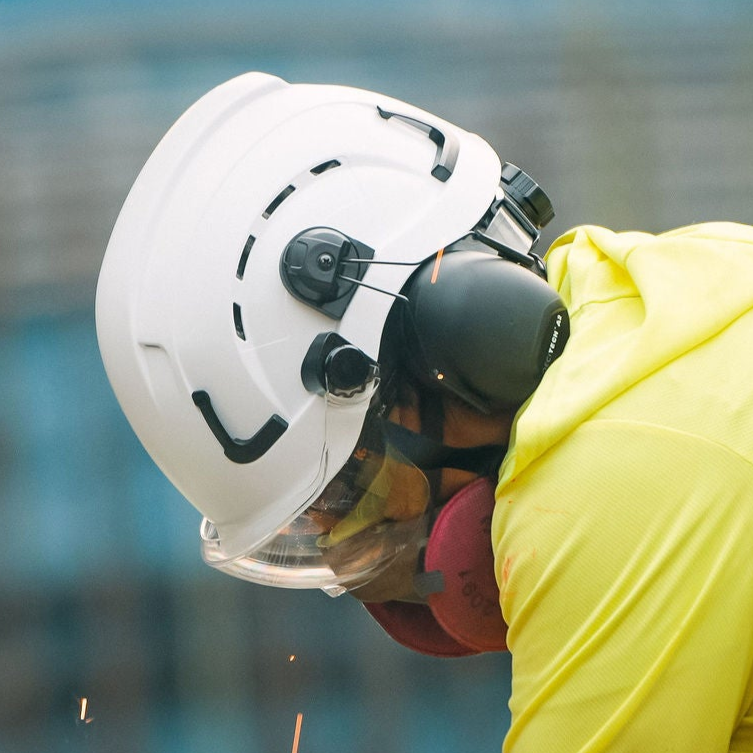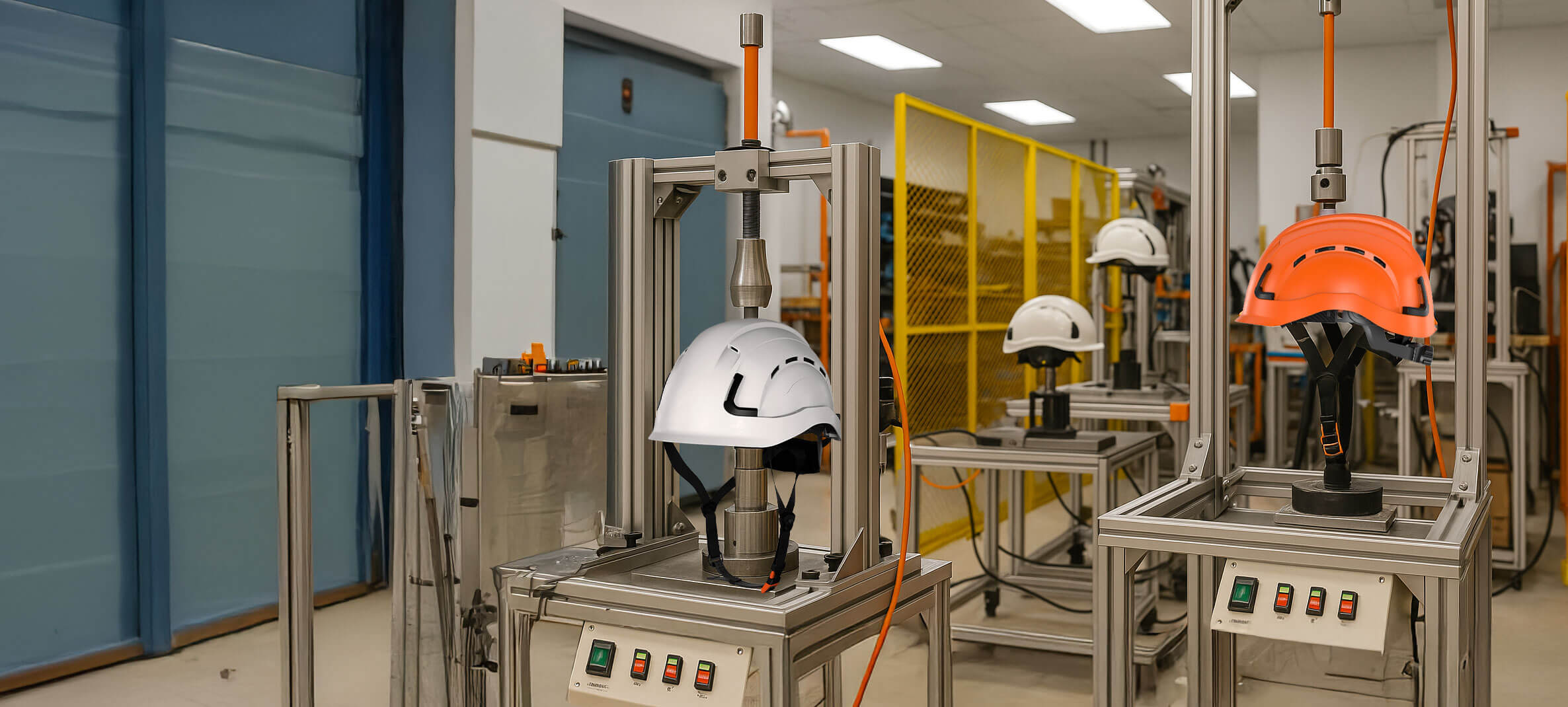THIRD PARTY TESTING
What to know.
When it comes to safety equipment, it’s not just about what a company claims — it’s about what’s been proven. Third-party testing ensures your gear meets or exceeds strict industry standards, verified by independent labs, not internal marketing. At Defender Safety, we believe transparency and trust start with real data. This page breaks down what third-party testing actually means, why it’s important, and how to know if your gear is truly certified.
SHOP OUR HELMETSThird-party testing is the process of sending safety equipment to an independent, accredited lab — not affiliated with the manufacturer — to verify its performance under standardized conditions. These labs use controlled methods to test things like impact absorption, penetration resistance, and electrical insulation. The results are then used to certify the product under relevant safety standards like ANSI Z89.1, EN 397, or CSA Z94.1.
Anyone can say their gear is “tough” or “impact-resistant.” But without real testing data, those words are just marketing. Third-party testing:
- Ensures the product meets regulated safety standards.
- Provides objective, transparent results.
- Helps employers and workers make informed, compliant choices.
- Protects lives by confirming the gear actually performs as intended.
Without independent testing, there’s no guarantee that a helmet — or any piece of safety gear — will actually hold up in the field.
Here's what to look for:
- Specific certifications listed (e.g. ANSI Z89.1-2014, EN 12492).
- Testing lab names (e.g. ICS Laboratories, Intertek, TÜV).
- Downloadable reports or summaries of testing results.
- Third-party seals — not just the brand’s logo or claims.
At Defender Safety, we third-party test all our Helmets so there's no question you're fully protected.


